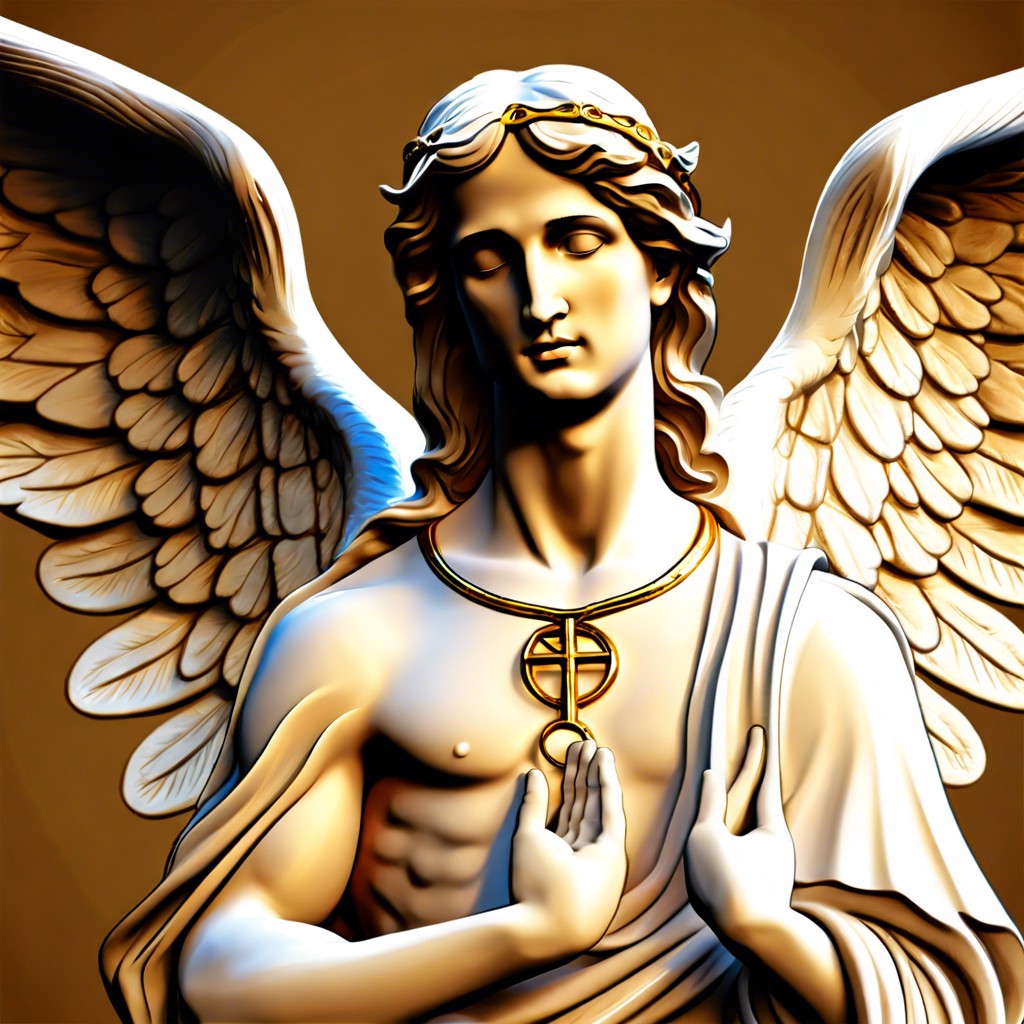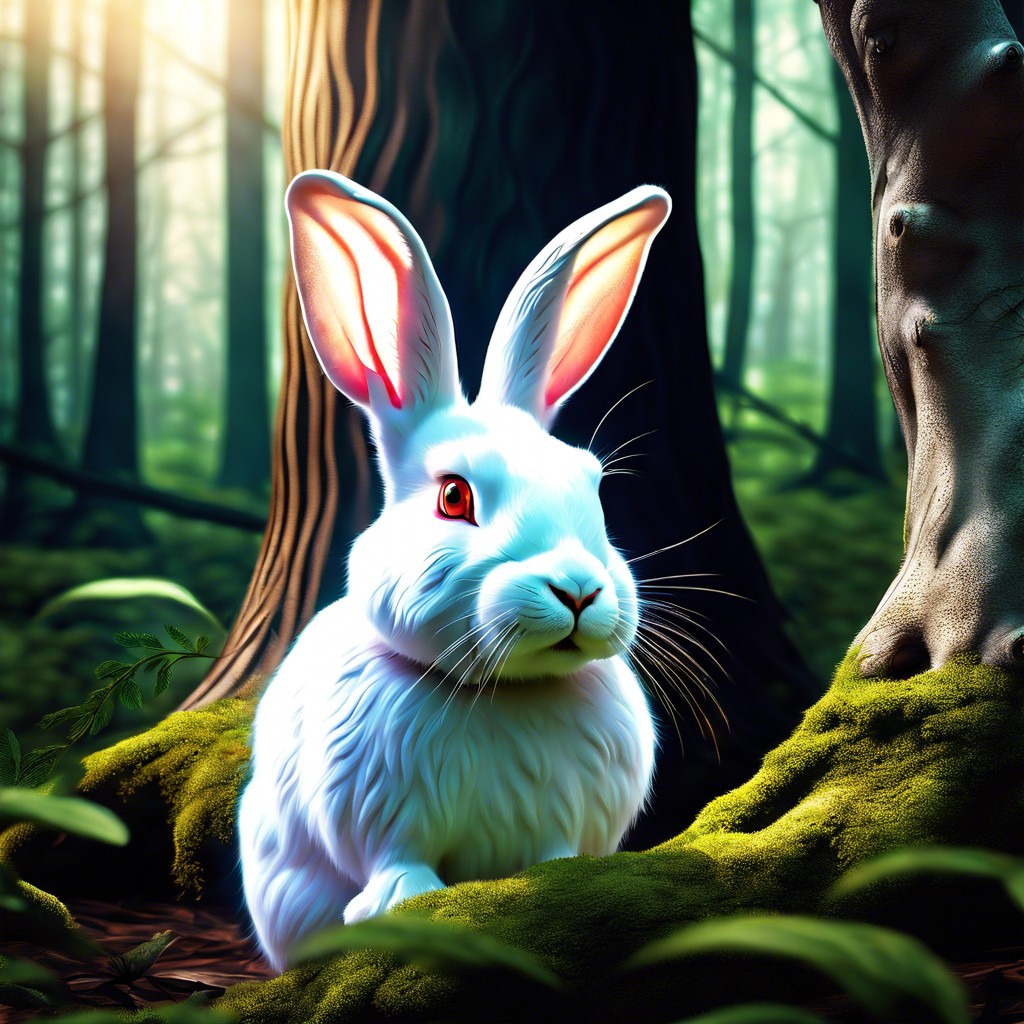The spiritual meaning of the triquetra encompasses themes of interconnectedness, eternity, and the unity of mind, body, and spirit.
The triquetra, a captivating symbol with three interwoven arcs, has intrigued cultures throughout the ages. This article unveils its rich historical origins, profound connections to Celtic spirituality, diverse symbolic meanings in modern contexts, and its prominent role in religious and mythological traditions. Dive into the evolution and contemporary adaptations of this timeless motif to discover why it resonates powerfully across different eras and beliefs.
Key takeaways:
- Triquetra symbolizes interconnectedness, eternity, and unity.
- Historical origins in Celtic, Germanic, and Christian cultures.
- Represents life cycles, elements, and balance in Celtic spirituality.
- Modern meanings: mind-body-spirit, past-present-future, balance.
- Seen in Christian, Norse, Hindu, and Wiccan beliefs.
Historical Origins and Cultural Significance

Emerging from ancient times, the triquetra has been discovered on artifacts dating back to around 500 B.C. This symbol, with its three interlocking arcs, has roots in various cultures, including Celtic, Germanic, and even some Asian civilizations.
In Celtic culture, it often appeared on stone crosses and illuminated manuscripts, such as the Book of Kells. It represented concepts like the interconnectedness of life, eternity, and the cyclic nature of the universe.
Germanic traditions also adopted the triquetra, linking it to the Valknut symbol, often associated with Odin and the afterlife. Its use spanned from agriculture to war, indicating its widespread reverence.
Interestingly, even early Christians appropriated the triquetra, incorporating it into religious art to signify the Holy Trinity. The symbol’s layers of meaning made it a versatile motif across various belief systems.
Overall, the historical significance of the triquetra is rich and multi-faceted, reflecting the complexities of the human experience through time.
Representation in Celtic Spirituality
In Celtic spirituality, the triquetra is a powerful symbol. It often represents the idea of the tripartite nature of existence. Life, death, and rebirth are one interpretation.
Many view it as symbolizing the three domains of land, sea, and sky. These elements are seen as essential parts of existence.
The triquetra is also linked to the concept of the triple goddess. This includes the maiden, mother, and crone, representing the stages of a woman’s life.
Celtic knots frequently incorporate the triquetra. This signifies the interconnectedness of all things.
Used in rituals and artwork, it serves as a reminder of balance and unity within nature’s cycles.
Symbolic Meanings in Modern Spirituality
In modern spirituality, the triquetra holds various layers of meaning. One prominent interpretation views it as a symbol of the interconnectedness of mind, body, and spirit. This speaks to the holistic approach many take toward personal growth and well-being.
Another common view is its representation of the past, present, and future. This highlights the cyclical nature of time and encourages mindfulness and awareness in daily life.
Additionally, some see the triquetra as embodying the concept of balance and harmony. The three interlocking arcs suggest equilibrium and unity, inspiring those who seek a balanced life.
The symbol also often appears in discussions around female power and divinity, reflecting the Maiden, Mother, and Crone aspects of the Triple Goddess in neopagan traditions, reinforcing the notion of life’s stages and femininity.
Use in Religious and Mythological Contexts
In Christian iconography, the triquetra often symbolizes the Holy Trinity, representing the Father, the Son, and the Holy Spirit. Its interwoven design reflects unity and eternal life, aligning with Christian beliefs.
In Norse mythology, the triquetra is linked to Odin, embodying themes of power and protection. This symbol also appears in runestones, emphasizing its historical roots.
Hindu tradition features triquetra-like symbols, representing the three fundamental aspects of the universe: creation, preservation, and destruction. These aspects are personified by the deities Brahma, Vishnu, and Shiva.
Practices in Wicca view the triquetra as a sign of the triple goddess, symbolizing the Maiden, Mother, and Crone. Each phase illustrates different life cycles and feminine strength.
Across different beliefs, the triquetra maintains a central role, showcasing interconnectedness and cyclical nature.
Artistic and Contemporary Adaptations
In modern times, triquetra designs have found their way into various forms of art and contemporary culture. Tattoo enthusiasts often choose it to symbolize unity, eternity, and spiritual growth. Jewelers craft elegant pieces incorporating the triquetra to convey timeless beauty and significance.
Graphic designers use the symbol in logos and branding to evoke a sense of heritage and depth. Its interwoven structure appeals to those drawn to intricate, meaningful aesthetics.
Triquetras also appear in popular media, from TV shows to book covers, where they often represent mystical or otherworldly elements. This usage speaks to the enduring fascination with its layered meanings and visual appeal.





